Home>Gardening & Outdoor>Landscaping Ideas>How To Plant St. Augustine Grass Plugs
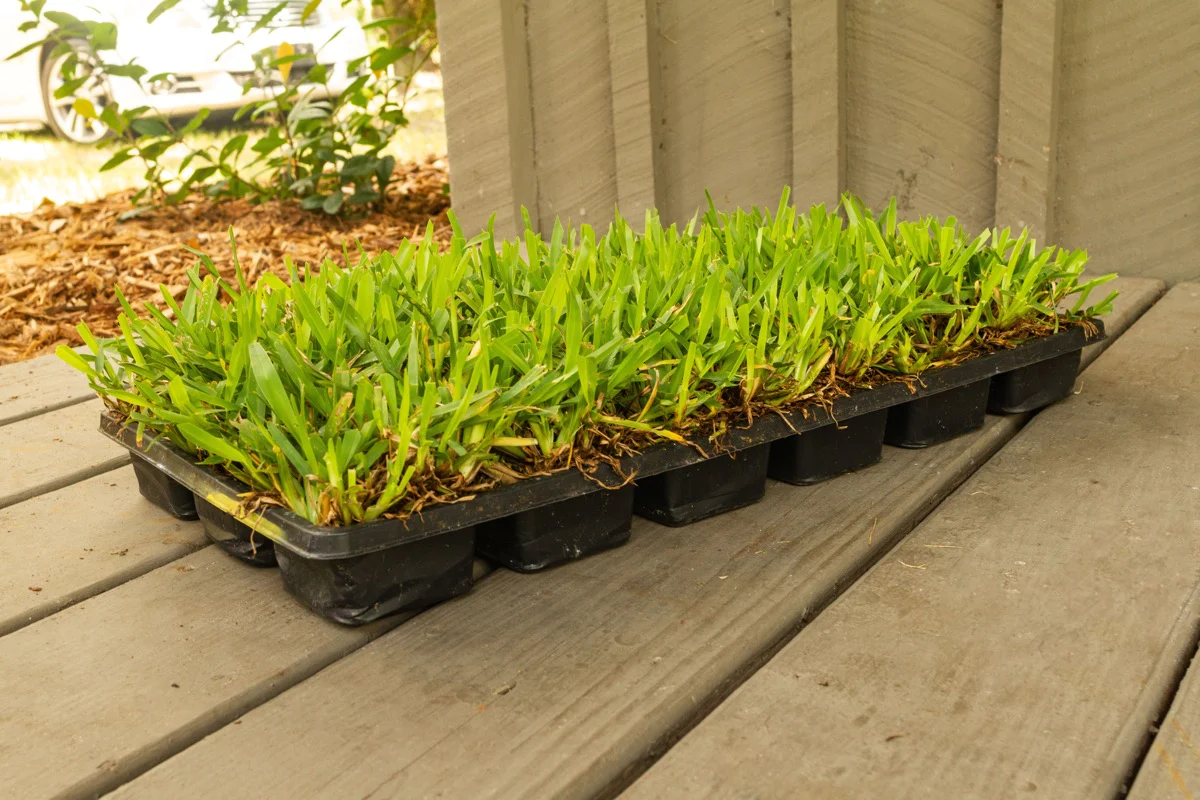

Landscaping Ideas
How To Plant St. Augustine Grass Plugs
Modified: August 18, 2024
Learn how to plant St. Augustine grass plugs for a lush, green lawn with our expert landscaping ideas. Step-by-step guide for successful lawn establishment.
(Many of the links in this article redirect to a specific reviewed product. Your purchase of these products through affiliate links helps to generate commission for Storables.com, at no extra cost. Learn more)
Introduction
If you're looking to transform your outdoor space into a lush, verdant paradise, planting St. Augustine grass plugs can be an excellent choice. This warm-season grass variety is renowned for its ability to thrive in a range of climates, making it a popular option for homeowners seeking a resilient and visually appealing lawn. In this comprehensive guide, you'll discover everything you need to know about planting St. Augustine grass plugs, from selecting the optimal time for planting to nurturing your new lawn to vibrant maturity.
St. Augustine grass, scientifically known as Stenotaphrum secundatum, is valued for its dense, carpet-like growth and rich green hue, which can instantly elevate the aesthetic appeal of any outdoor space. Whether you're revitalizing an existing lawn or starting from scratch, the process of planting St. Augustine grass plugs is a rewarding endeavor that promises to yield a stunning, vibrant lawn that invites relaxation and outdoor enjoyment.
As we delve into the nuances of planting and caring for St. Augustine grass plugs, you'll gain valuable insights into the best practices for soil preparation, the intricacies of purchasing and planting the plugs, and the ongoing maintenance required to ensure the health and vibrancy of your newly established lawn. By following these expert guidelines, you'll be well-equipped to embark on your landscaping journey with confidence, knowing that you're nurturing your St. Augustine grass plugs with the care and attention they deserve.
Whether you're a seasoned gardening enthusiast or a novice with a newfound passion for cultivating green spaces, this guide will equip you with the knowledge and expertise needed to successfully plant and care for St. Augustine grass plugs. Get ready to embark on an enriching horticultural adventure as we explore the art and science of growing and maintaining a flourishing St. Augustine grass lawn.
Key Takeaways:
- Plant St. Augustine grass plugs in late spring or early summer for the best chance of success. Prepare the soil, choose healthy plugs, and care for them diligently to enjoy a lush, vibrant lawn.
- Caring for St. Augustine grass plugs involves consistent watering, balanced fertilization, vigilant pest management, and regular mowing. Embrace the journey of nurturing your lawn and witness the transformative power of growth.
Read more: When To Plant St.Augustine Grass
Choosing the Right Time
When it comes to planting St. Augustine grass plugs, timing is crucial to ensure the successful establishment of a healthy, vibrant lawn. The optimal time for planting St. Augustine grass plugs largely depends on the climate and geographical region in which you reside. Understanding the seasonal nuances and the specific growth patterns of St. Augustine grass will empower you to make informed decisions regarding the timing of your planting endeavors.
In warm climates characterized by mild winters and ample sunlight, such as the southern regions of the United States, the ideal time to plant St. Augustine grass plugs is during the late spring or early summer. These seasons provide the optimal conditions for the plugs to take root and flourish, as the warm temperatures and increased daylight hours promote rapid and robust growth.
Conversely, in cooler climates with distinct seasonal changes, it's advisable to schedule the planting of St. Augustine grass plugs during the late spring or early summer, when the risk of frost has subsided, and the soil has warmed sufficiently to support the plugs' establishment. By aligning the planting process with the natural rhythms of the local climate, you can maximize the likelihood of success and minimize the stress placed on the newly transplanted grass.
Before initiating the planting process, it's essential to conduct thorough research or consult with local gardening experts to determine the most favorable window for planting St. Augustine grass plugs in your specific region. By considering factors such as average temperatures, precipitation patterns, and frost dates, you can strategically plan the planting timeline to coincide with conditions that are conducive to the plugs' successful acclimatization and growth.
By carefully selecting the right time for planting St. Augustine grass plugs, you can set the stage for a thriving lawn that will serve as a testament to your horticultural prowess and dedication to creating a captivating outdoor environment. With the timing aligned harmoniously with nature's rhythms, your St. Augustine grass plugs will have the best possible start on their journey to transforming your outdoor space into a verdant oasis.
Preparing the Soil
Before embarking on the exciting endeavor of planting St. Augustine grass plugs, it’s essential to prepare the soil meticulously to create an optimal environment for the plugs’ successful establishment and sustained growth. The soil serves as the foundation upon which your vibrant lawn will thrive, making the preparation process a critical precursor to the planting phase.
Begin by conducting a thorough assessment of the soil in the designated planting area. Evaluate its texture, drainage capacity, and nutrient content to gain valuable insights into its current condition and identify any potential areas for improvement. St. Augustine grass thrives in well-draining soil with a slightly acidic to neutral pH, typically ranging between 6.0 and 7.5. If the soil’s pH falls outside this range, consider making the necessary amendments to bring it within the optimal spectrum for St. Augustine grass growth.
Next, it’s time to address soil compaction, a common issue that can impede the plugs’ ability to establish robust root systems. Utilize a garden fork or a specialized aerating tool to gently loosen the soil, enhancing its aeration and promoting better root penetration. This process also facilitates improved water and nutrient absorption, fostering the ideal conditions for the plugs’ growth and development.
Furthermore, enrich the soil with organic matter, such as well-decomposed compost or aged manure, to enhance its fertility and structure. Incorporating organic amendments not only boosts the soil’s nutrient profile but also contributes to its moisture retention capabilities, reducing the frequency of irrigation and promoting the overall resilience of the St. Augustine grass plugs.
Prior to planting the plugs, it’s advisable to perform a soil test to ascertain its nutrient levels accurately. Based on the test results, supplement the soil with the appropriate fertilizers to address any deficiencies and fortify it with the essential nutrients that support healthy grass growth. Select a high-quality, balanced fertilizer specifically formulated for St. Augustine grass to provide the plugs with a nourishing foundation for their initial growth stages.
By diligently preparing the soil and optimizing its composition to align with the specific requirements of St. Augustine grass, you’ll lay the groundwork for a thriving and visually stunning lawn. The investment of time and effort in soil preparation will yield bountiful rewards, as your meticulously tended soil becomes the nurturing medium that fosters the flourishing growth of your St. Augustine grass plugs.
When planting St. Augustine grass plugs, make sure to space them about 12 inches apart to allow for proper growth. Water the plugs immediately after planting to help them establish in the soil.
Purchasing and Planting St. Augustine Grass Plugs
When it comes to embarking on the journey of planting St. Augustine grass plugs, the process of selecting and acquiring high-quality plugs is a pivotal step that significantly influences the success of your lawn establishment endeavors. By carefully choosing healthy, vigorous plugs and adhering to best practices during the planting process, you can set the stage for a thriving and visually captivating St. Augustine grass lawn.
Before purchasing the grass plugs, assess the size of the planting area to determine the quantity of plugs required to achieve optimal coverage. Additionally, consider the specific variety of St. Augustine grass that best aligns with your local climate and soil conditions, as certain cultivars may exhibit varying levels of resilience and adaptability to environmental stressors.
When sourcing St. Augustine grass plugs, prioritize reputable nurseries or garden centers renowned for their commitment to quality and expertise in cultivating healthy plant specimens. Select plugs that exhibit robust, well-developed root systems and lush, vibrant foliage, indicative of their capacity to acclimate successfully to their new environment and initiate vigorous growth.
Upon acquiring the grass plugs, it’s imperative to proceed with the planting process promptly to minimize stress on the plants and optimize their chances of thriving in their new surroundings. Begin by preparing the planting holes at appropriate intervals, ensuring that each hole accommodates a single plug with ample space for root expansion and unhindered growth.
As you position the plugs in the prepared holes, take care to align them at the same level as the surrounding soil, and gently firm the soil around the base of each plug to secure it in place and establish optimal soil-to-root contact. Following the planting phase, thoroughly water the plugs to facilitate their initial establishment and promote the seamless integration of their root systems with the surrounding soil.
Throughout the planting process, prioritize the provision of adequate moisture to support the plugs’ transition and acclimatization, ensuring that the soil remains consistently moist without becoming waterlogged. By adhering to these best practices and nurturing the newly planted plugs with care and attention, you’ll pave the way for a flourishing St. Augustine grass lawn that serves as a testament to your horticultural dedication and expertise.
Caring for St. Augustine Grass Plugs
Once you’ve successfully planted your St. Augustine grass plugs, embarking on a comprehensive care regimen is essential to nurture their growth and ensure the development of a lush, vibrant lawn that serves as a captivating outdoor oasis. By attentively tending to the needs of your newly established plugs and implementing strategic maintenance practices, you can foster their robust growth and elevate the visual appeal of your outdoor space.
One of the fundamental aspects of caring for St. Augustine grass plugs involves prioritizing consistent watering to sustain their moisture requirements and facilitate healthy root development. During the initial phase following planting, maintain a regular watering schedule to keep the soil consistently moist, without allowing it to become waterlogged. As the plugs establish themselves and exhibit signs of new growth, gradually transition to a more moderate watering routine, ensuring that the soil remains adequately hydrated to support the grass’s vitality.
Moreover, it’s crucial to monitor the plugs for signs of stress or nutrient deficiencies, promptly addressing any issues that may arise to prevent them from impeding the grass’s growth and resilience. Regularly inspect the foliage for indications of discoloration, wilting, or pest infestations, and take proactive measures to rectify any underlying concerns, such as adjusting the fertilization regimen or implementing targeted pest control strategies.
Implementing a balanced fertilization program tailored to the specific needs of St. Augustine grass is integral to sustaining its vigor and promoting lush, luxuriant growth. Select a high-quality, slow-release fertilizer formulated for St. Augustine grass and administer it in accordance with the recommended application rates, taking care to avoid excessive fertilization, which can potentially harm the grass and disrupt its natural equilibrium.
Additionally, regular mowing is essential to maintain the optimal height of the St. Augustine grass, promoting a dense, uniform appearance and discouraging the encroachment of weeds. Adjust the mower to the recommended height for St. Augustine grass, typically ranging between 3 to 4 inches, and adhere to a consistent mowing schedule to prevent the grass from becoming excessively tall, which can impede its growth and compromise its visual appeal.
By embracing a holistic approach to caring for your St. Augustine grass plugs, encompassing attentive watering, strategic fertilization, vigilant pest and disease management, and meticulous mowing practices, you’ll cultivate a resilient, verdant lawn that embodies the beauty of a well-tended outdoor space. Your commitment to nurturing the growth of your St. Augustine grass plugs will be rewarded with a captivating, thriving lawn that invites relaxation and outdoor enjoyment.
Conclusion
As we conclude this comprehensive guide to planting and caring for St. Augustine grass plugs, it’s evident that the journey of transforming your outdoor space into a vibrant, verdant haven is a deeply rewarding and enriching endeavor. By embracing the art and science of cultivating St. Augustine grass, you’ve embarked on a horticultural adventure that promises to yield a visually captivating lawn teeming with vitality and natural beauty.
Throughout the process of planting and nurturing St. Augustine grass plugs, you’ve delved into the intricacies of soil preparation, carefully selecting the optimal time for planting, and implementing strategic care practices to support the plugs’ robust growth and sustained health. Your dedication to creating an optimal environment for the plugs to thrive is a testament to your commitment to fostering a captivating outdoor space that invites relaxation and outdoor enjoyment.
As your St. Augustine grass plugs take root and flourish, they’ll weave a tapestry of lush, luxuriant foliage that transforms your outdoor environment into a captivating retreat, offering a respite from the bustle of everyday life. The vibrant green expanse of your St. Augustine grass lawn will serve as a testament to your horticultural expertise and unwavering dedication to nurturing the natural splendor of your outdoor space.
Furthermore, the process of cultivating St. Augustine grass plugs extends beyond the realm of landscaping, encapsulating a profound connection with nature and the joy of witnessing the transformative power of growth and vitality. Your commitment to tending to the needs of the plugs, from their initial planting to their sustained care, reflects a harmonious partnership with the natural world, fostering an environment where life flourishes and thrives.
As you revel in the beauty of your flourishing St. Augustine grass lawn, may it serve as a reminder of the boundless potential of nature’s resilience and the profound sense of fulfillment that arises from nurturing and cultivating living landscapes. Your stewardship of the outdoor realm exemplifies the timeless allure of horticulture and the enduring rewards of creating a captivating, vibrant haven that beckons with its natural splendor.
With each blade of St. Augustine grass that unfurls in verdant splendor, your outdoor space becomes a sanctuary of tranquility and natural beauty, a testament to the transformative power of horticultural dedication and the enduring allure of lush, thriving landscapes.
Frequently Asked Questions about How To Plant St. Augustine Grass Plugs
Was this page helpful?
At Storables.com, we guarantee accurate and reliable information. Our content, validated by Expert Board Contributors, is crafted following stringent Editorial Policies. We're committed to providing you with well-researched, expert-backed insights for all your informational needs.
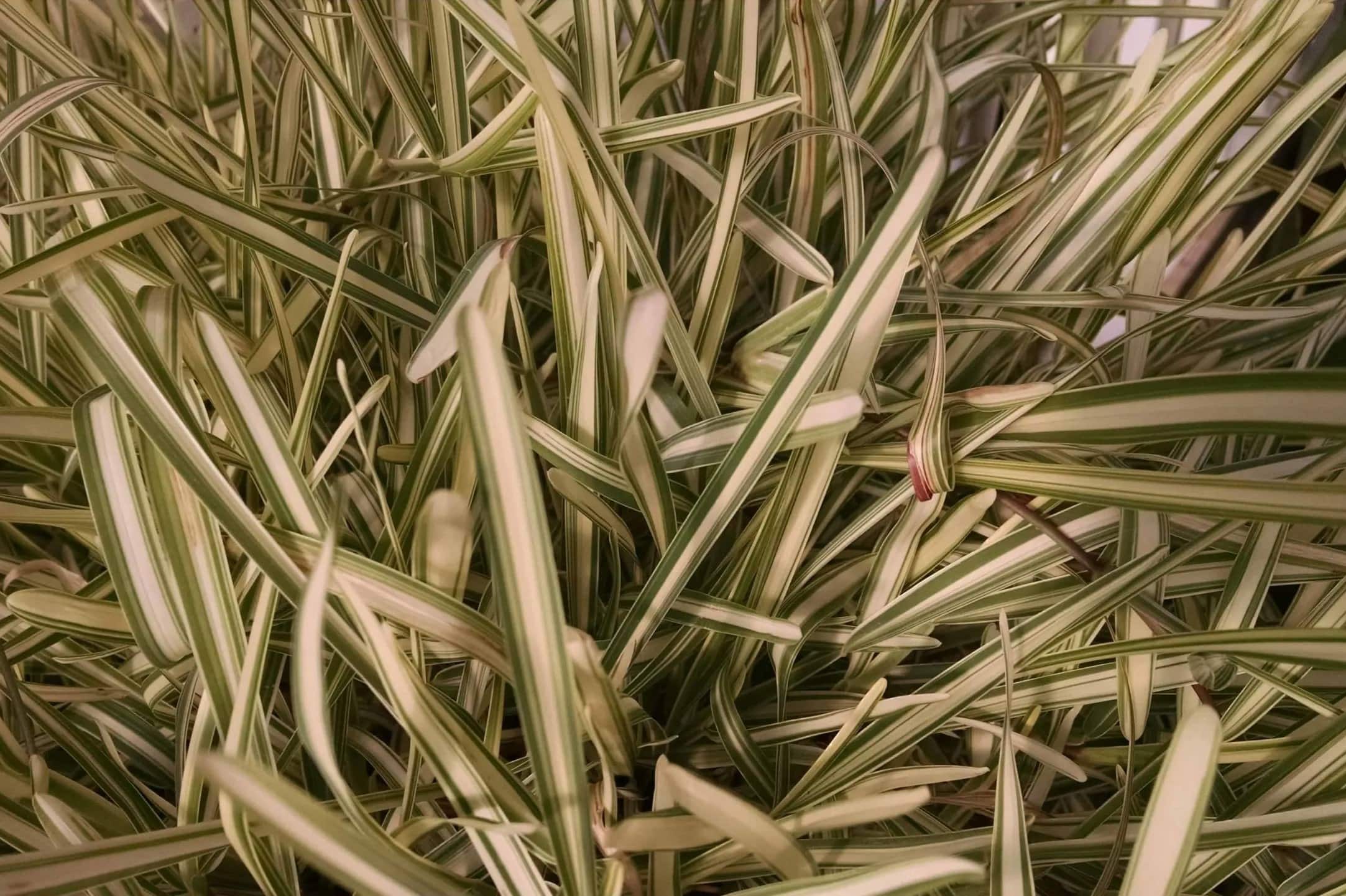
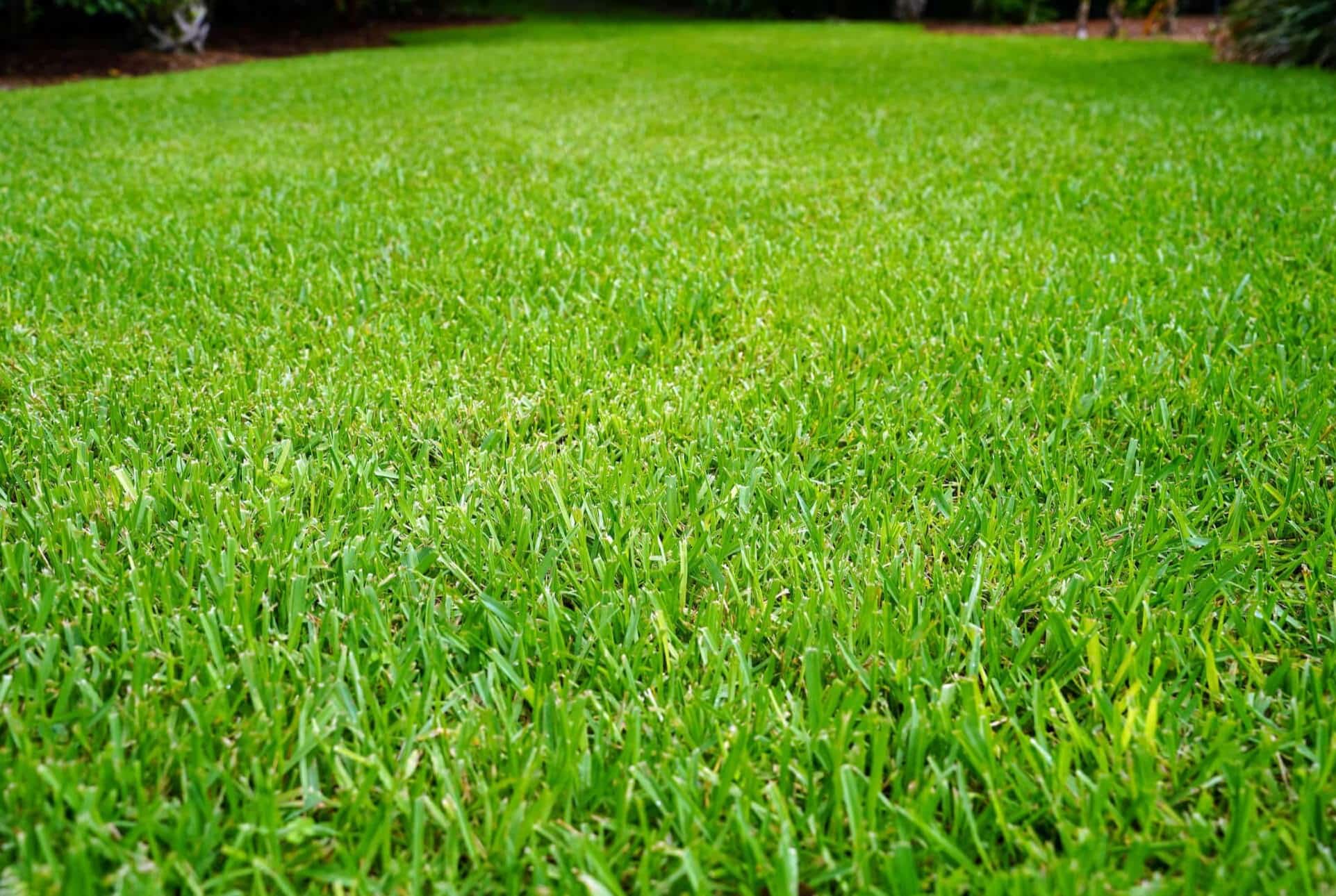
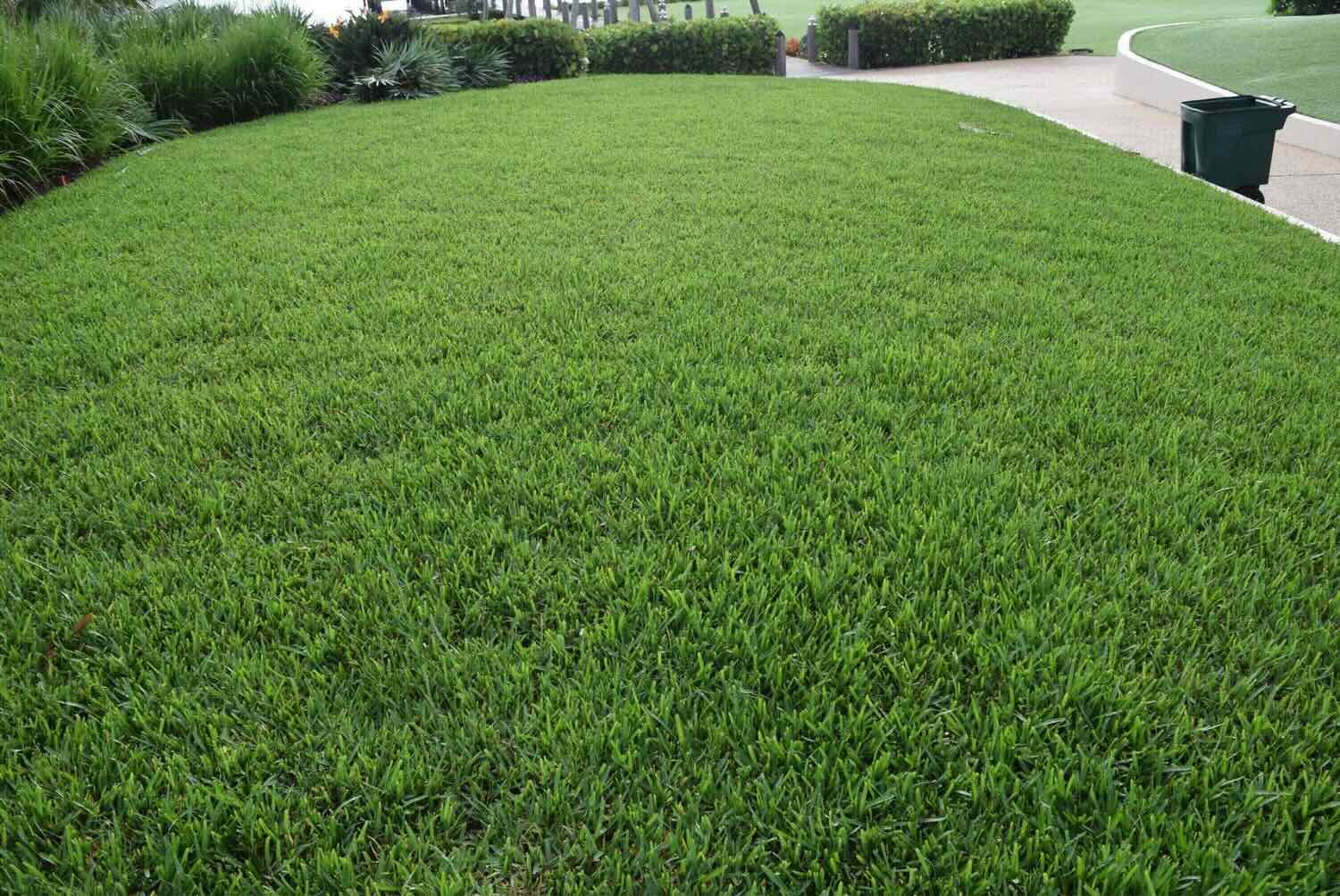
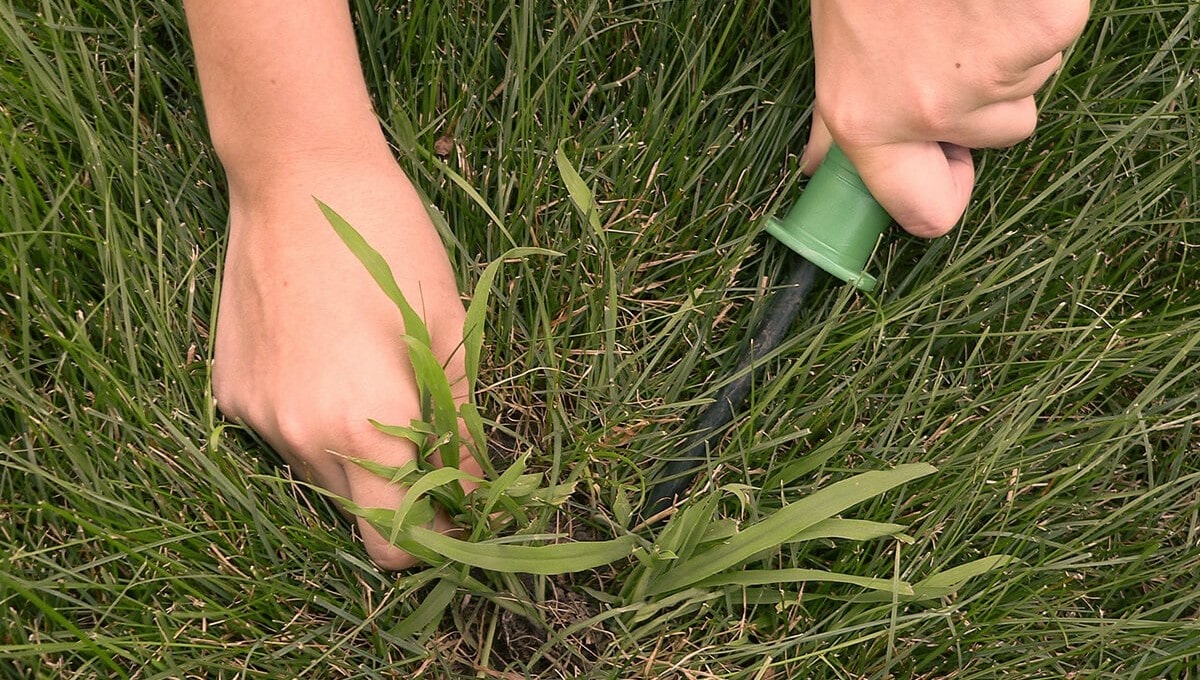
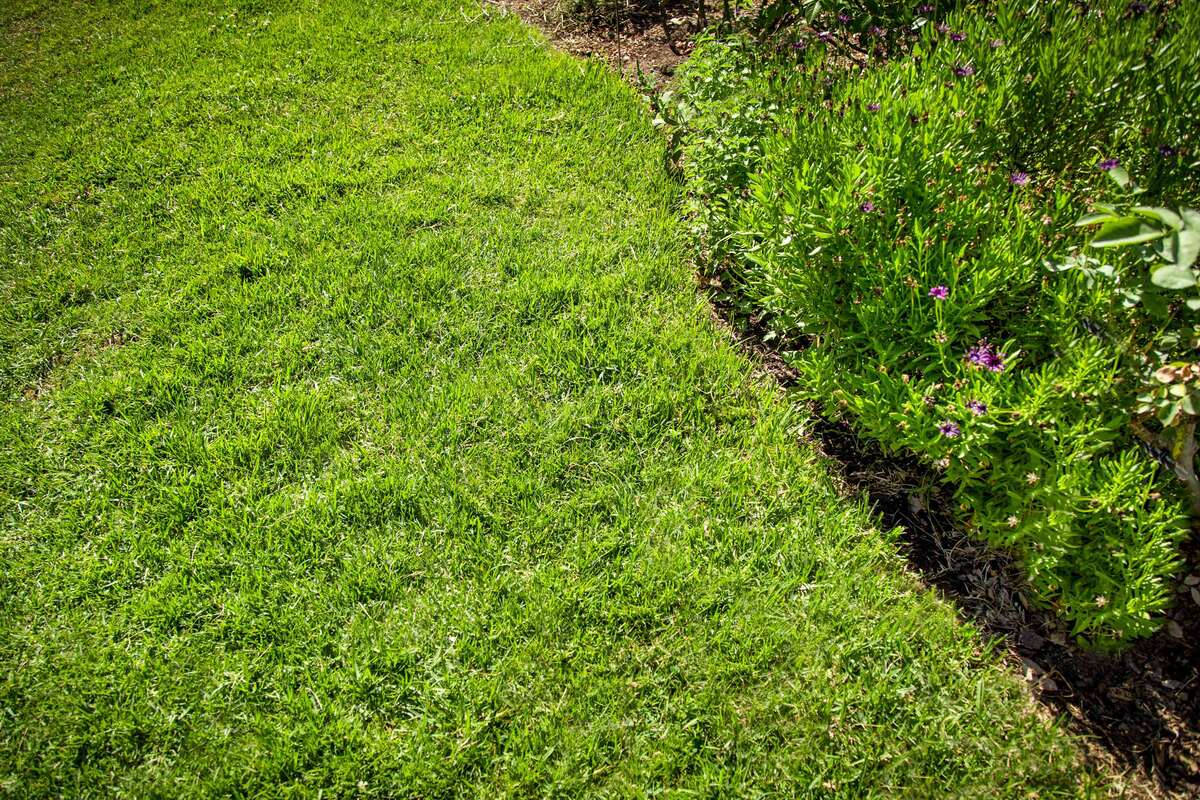
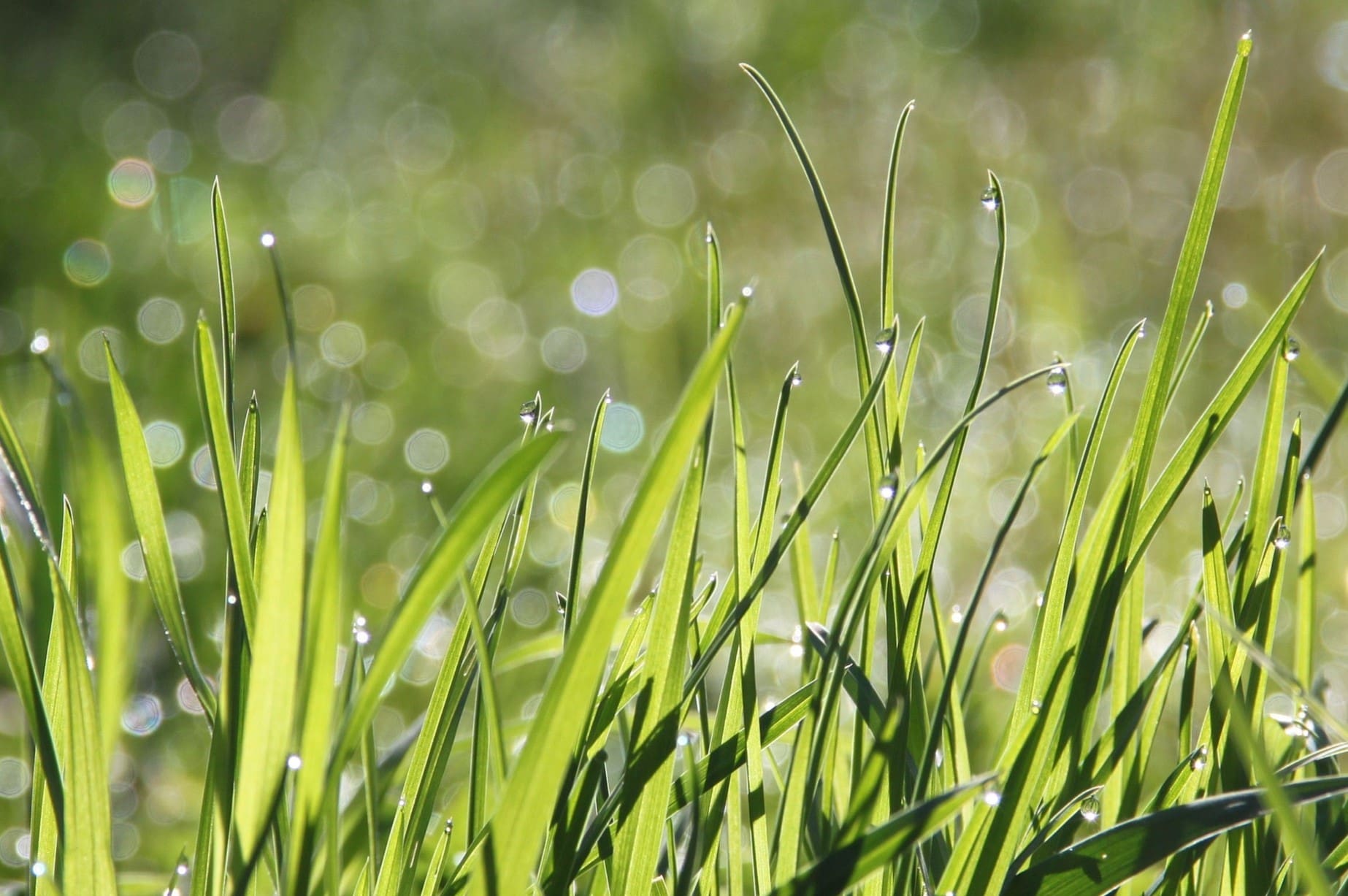
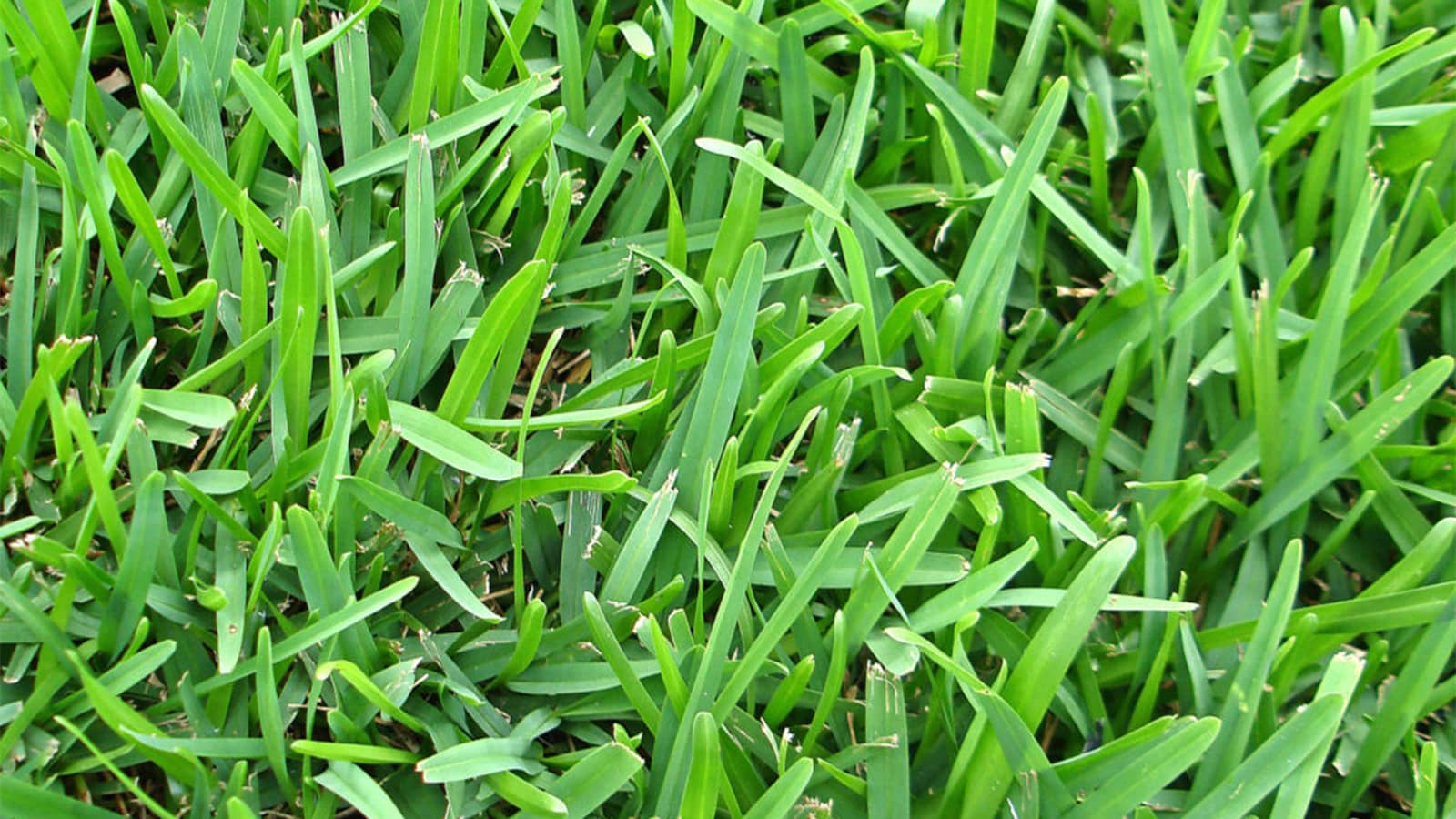
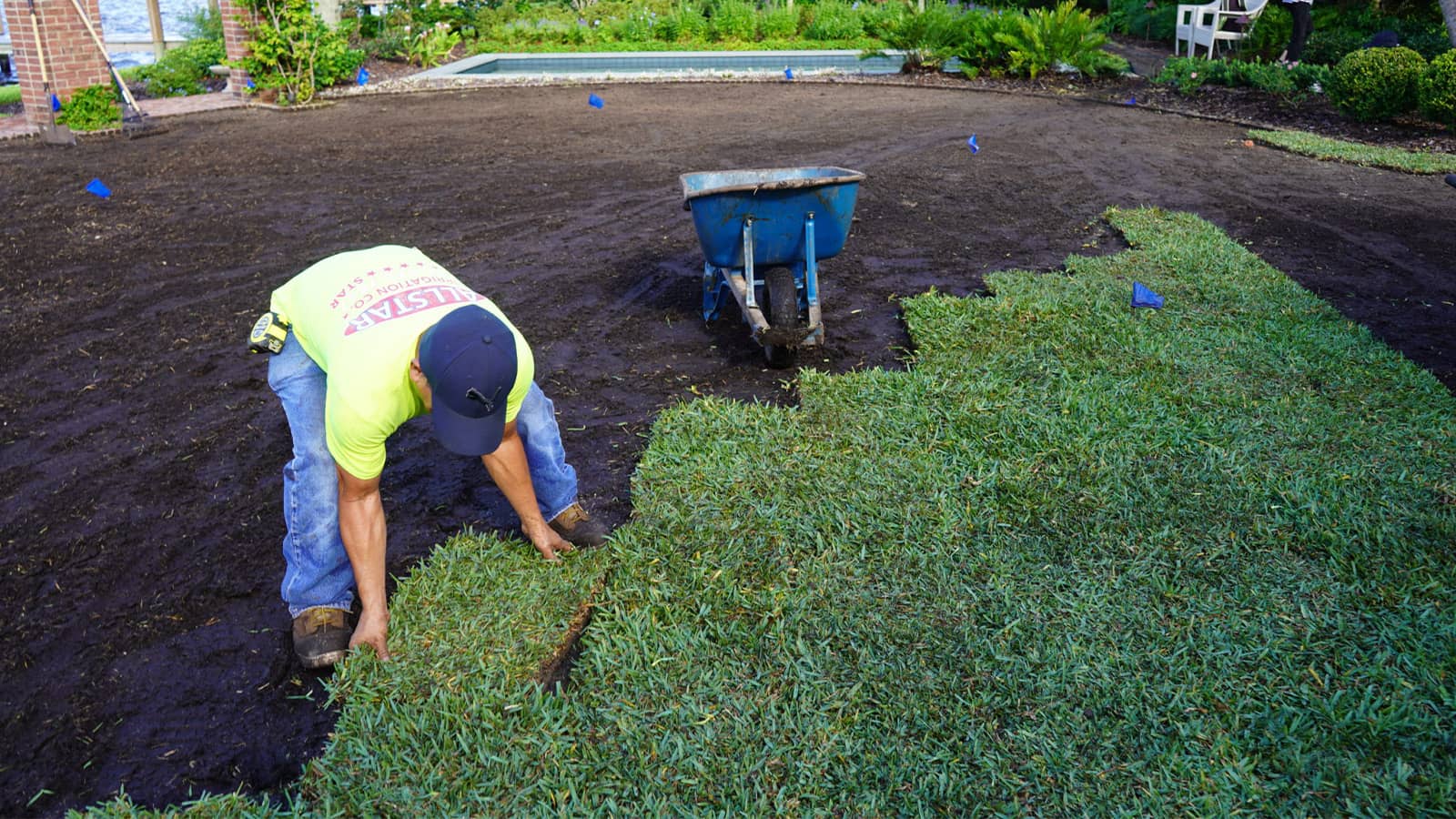

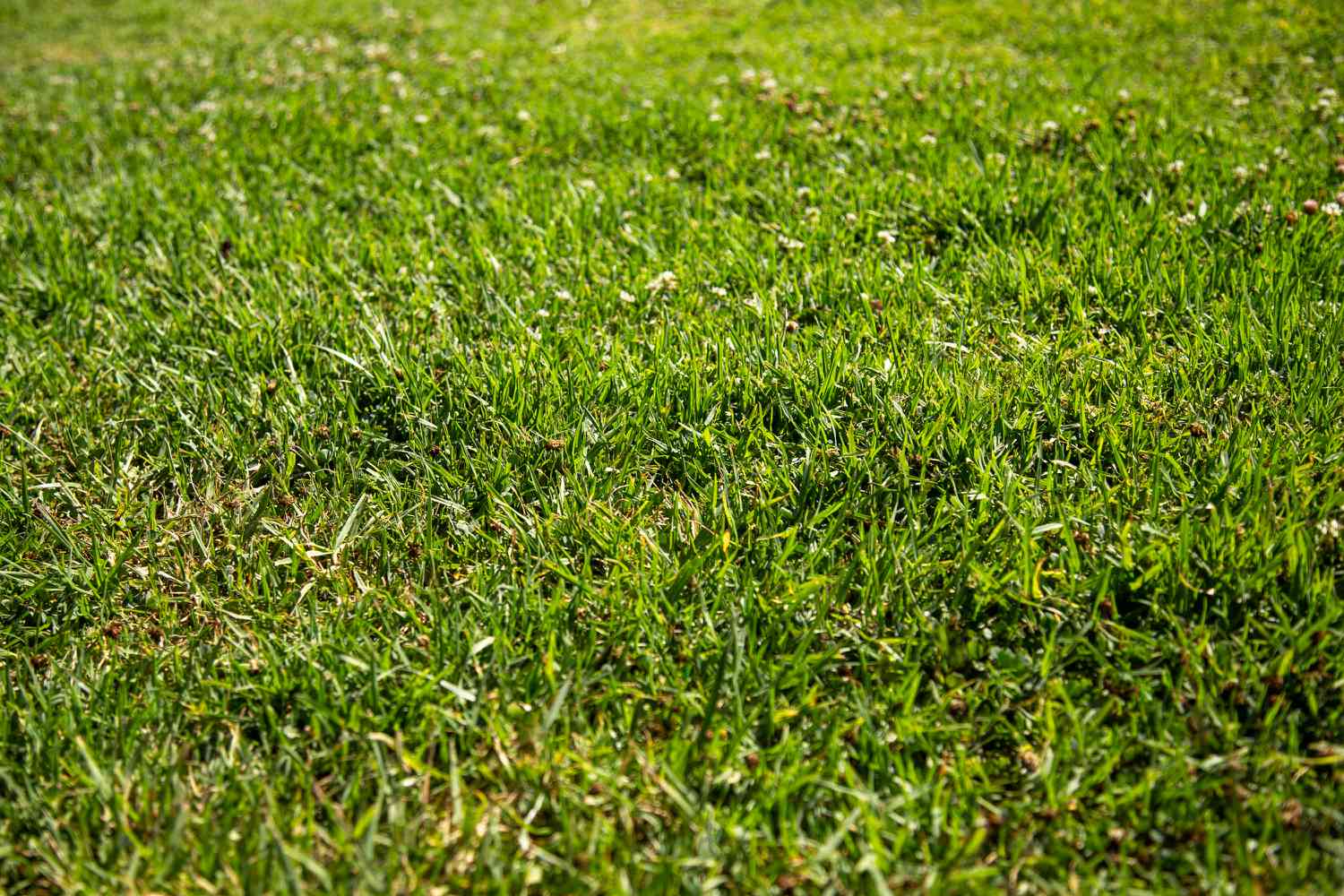
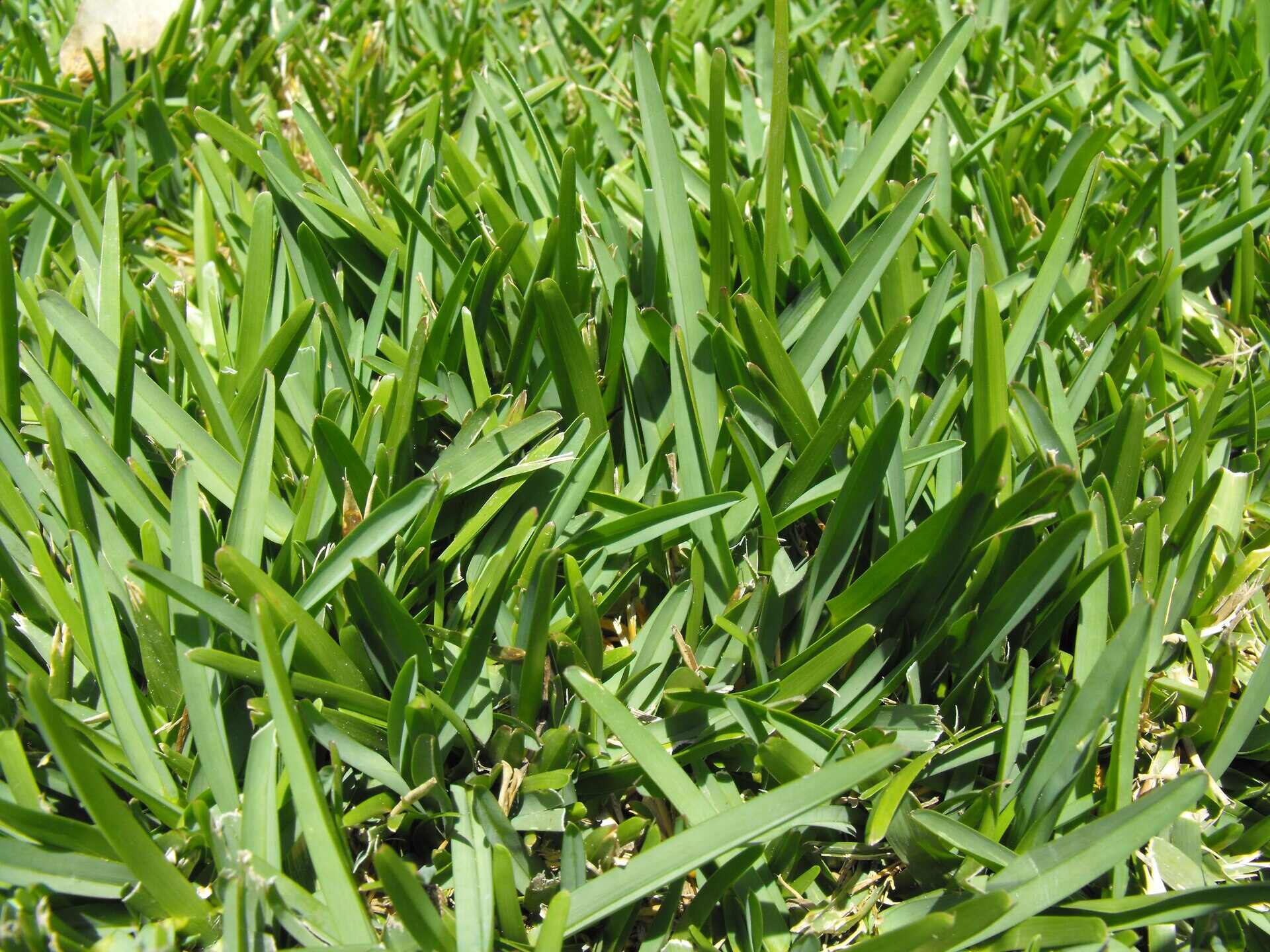

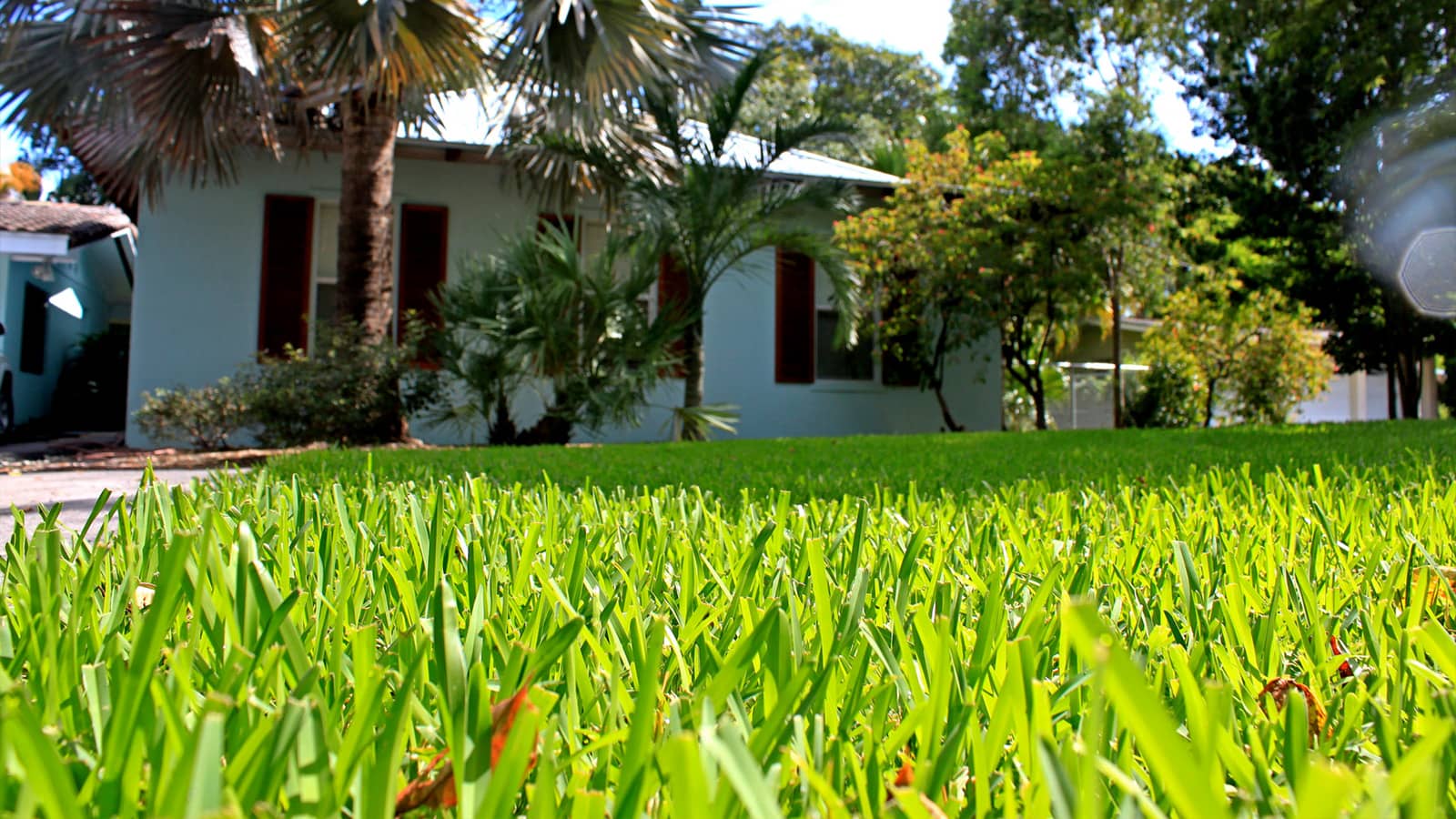
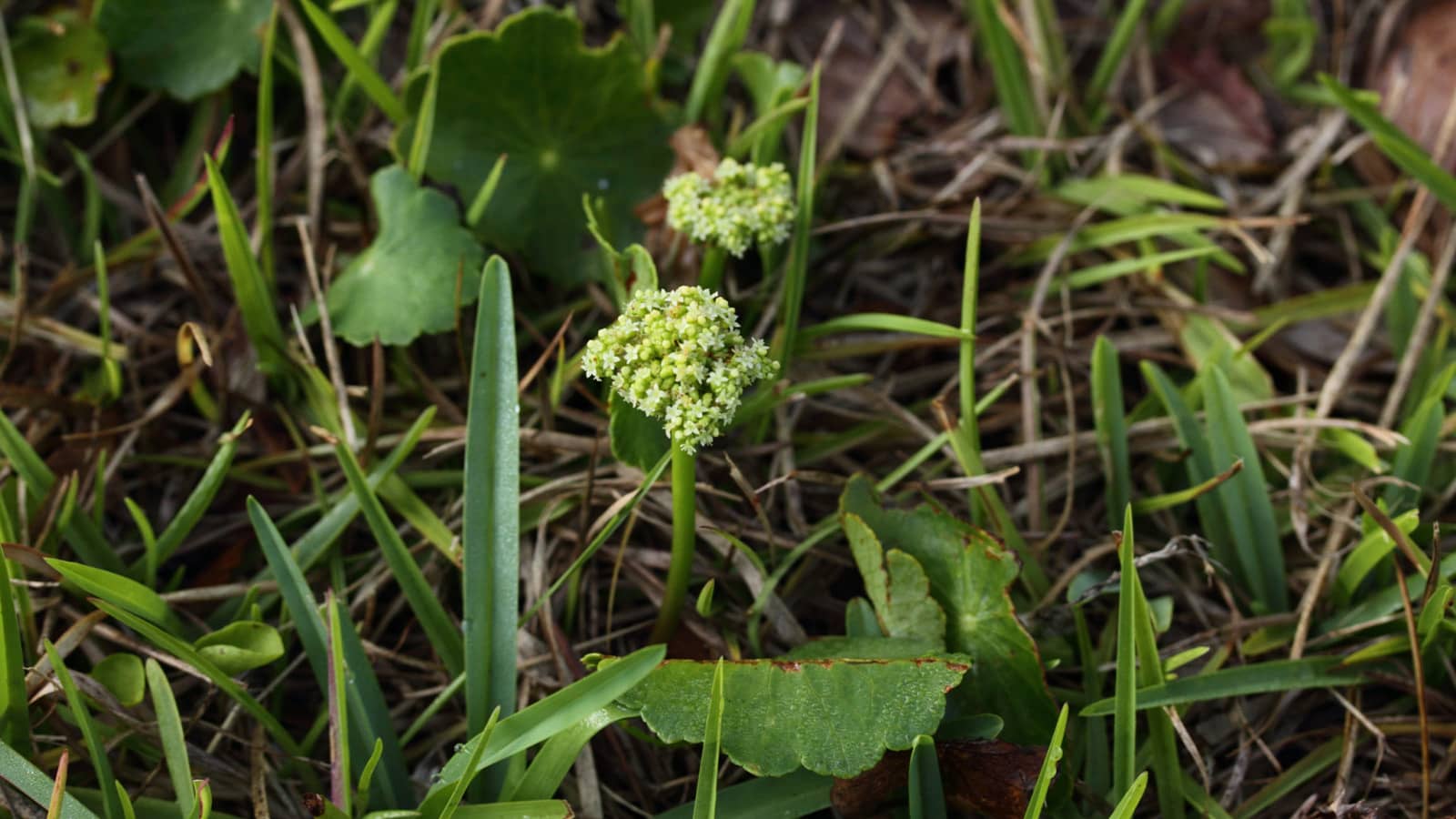

0 thoughts on “How To Plant St. Augustine Grass Plugs”